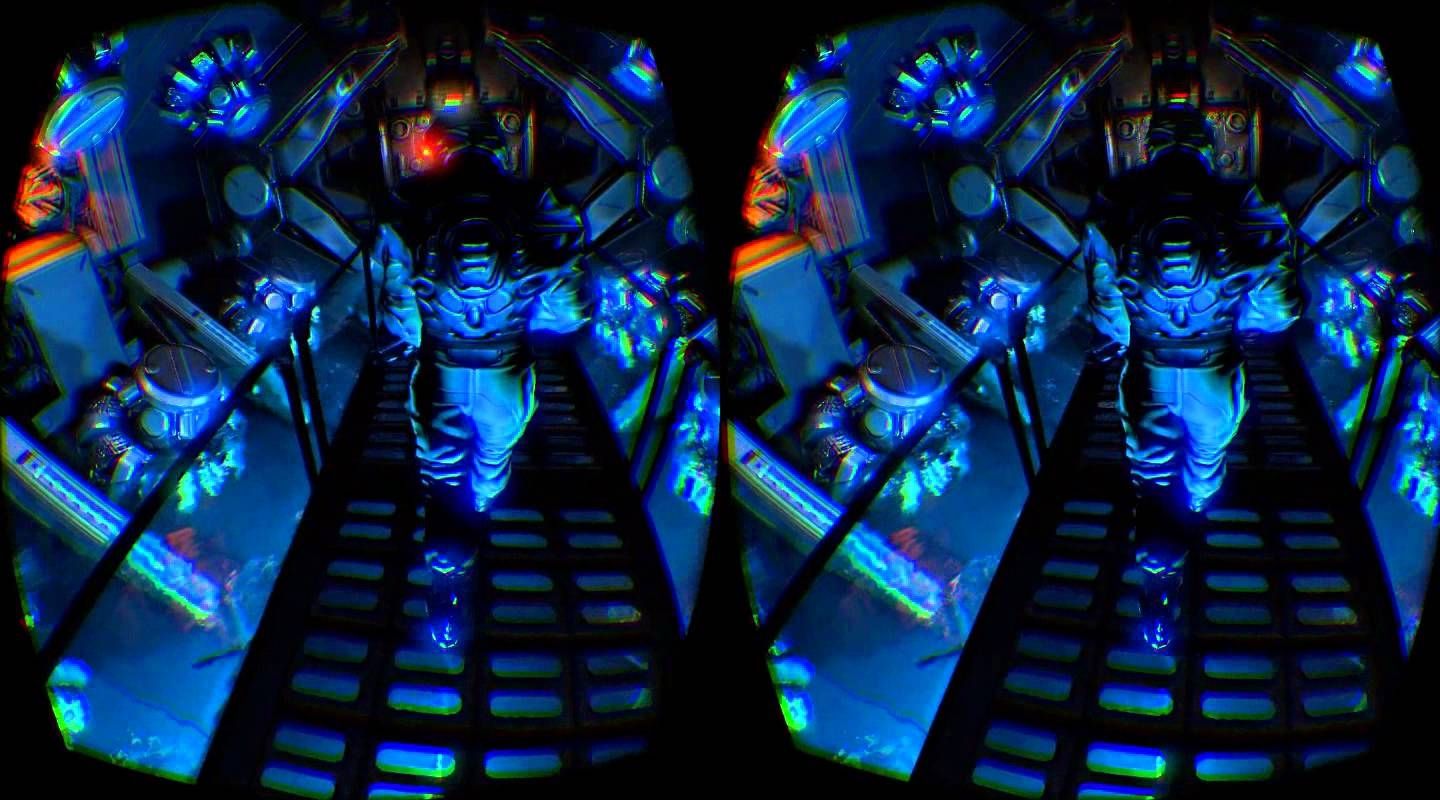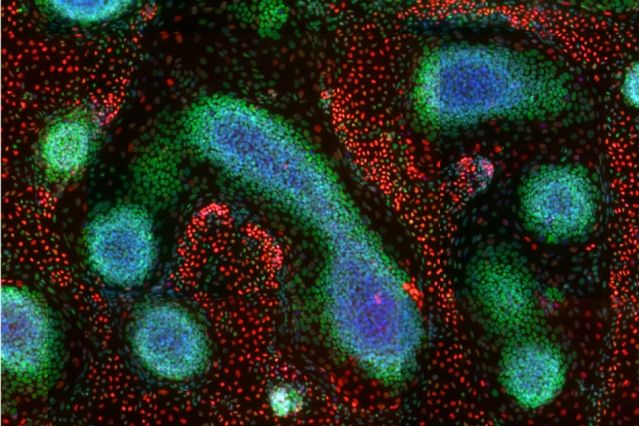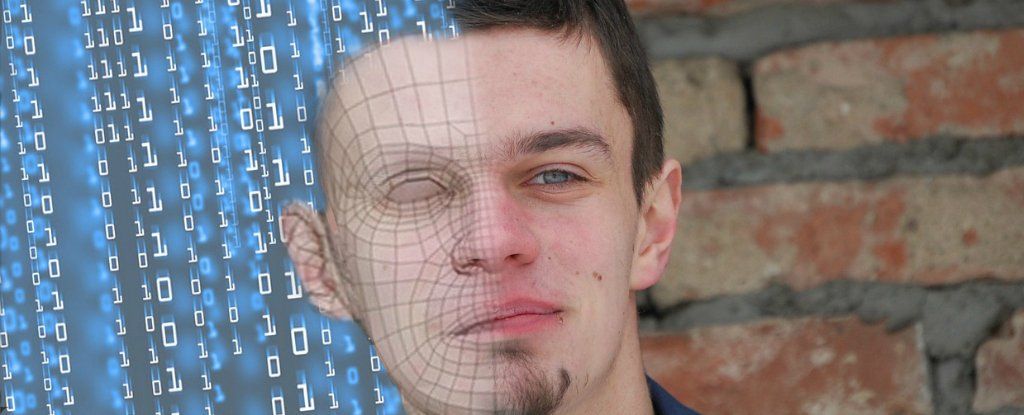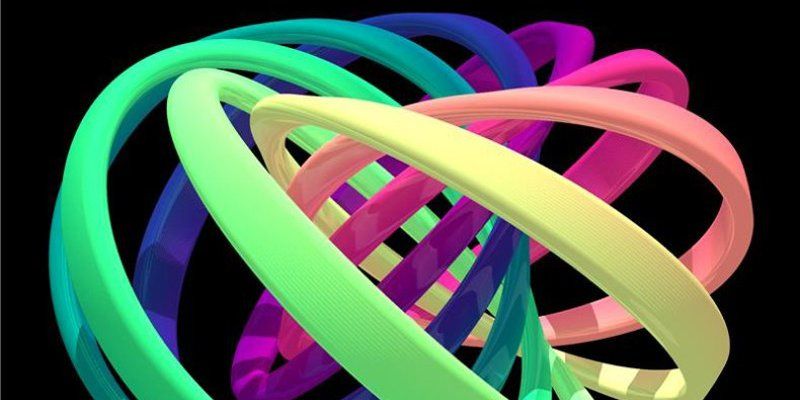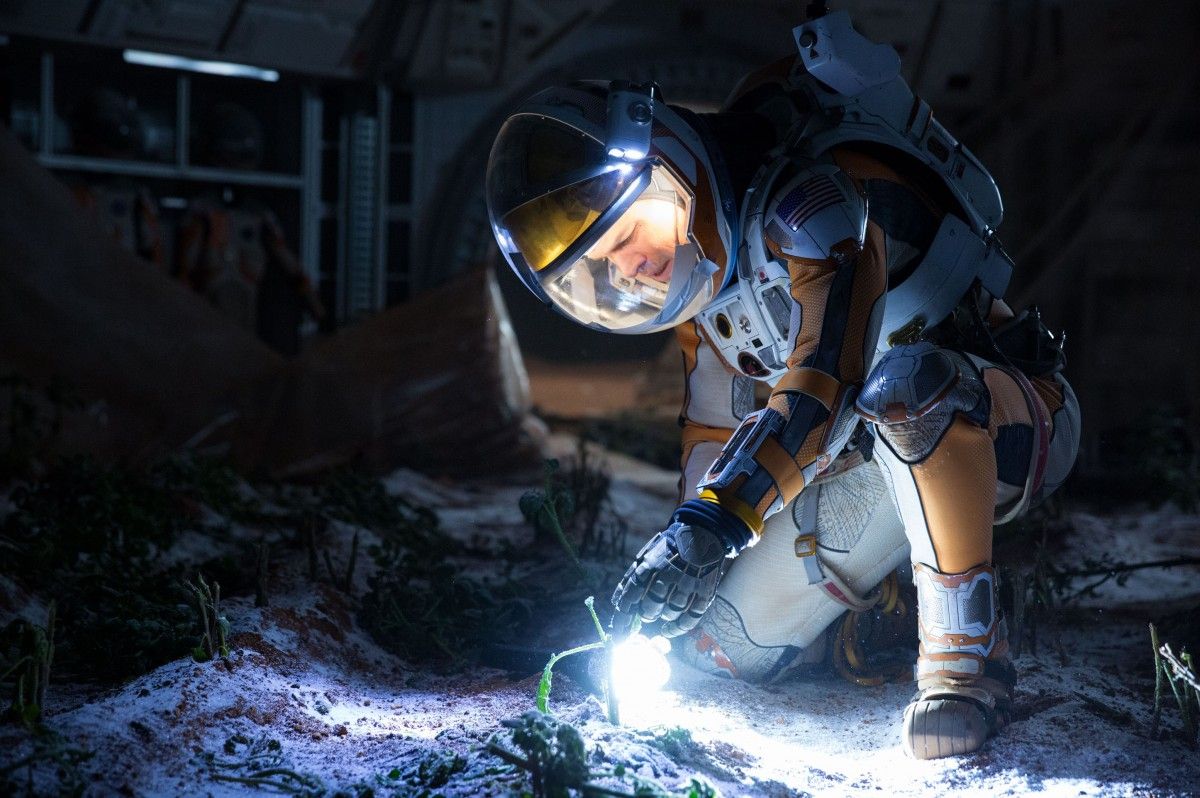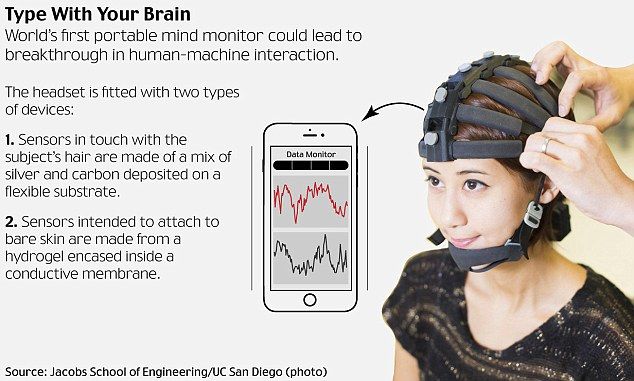The VR sound barrier; how do we address?
I’m staring at a large iron door in a dimly lit room. “Hey,” a voice says, somewhere on my right. “Hey buddy, you there?” It’s a heavily masked humanoid. He proceeds to tell me that my sensory equipment is down and will need to be fixed. Seconds later, the heavy door groans. A second humanoid leads the way into the spaceship where my suit will be repaired.
Inside a wide room with bright spotlights I notice an orange drilling machine. “OK, before we start, I need to remove the panel from the back of your head,” says the humanoid. I hear the whirring of a drill behind me. I squirm and reflexively raise my shoulders. The buzzing gets louder, making the hair on the nape of my neck stand up.
